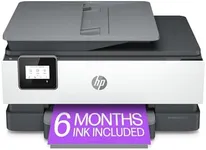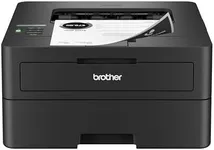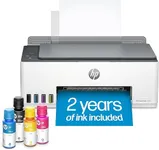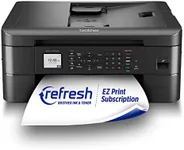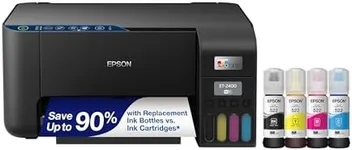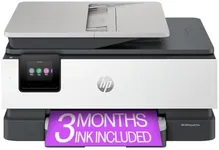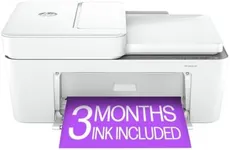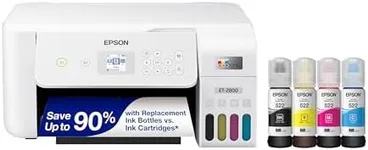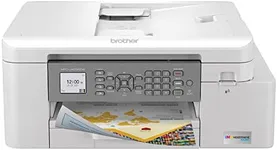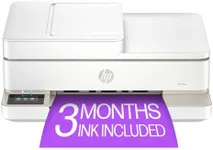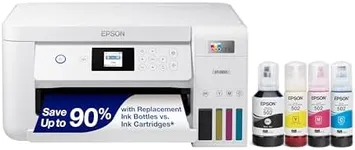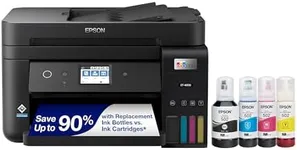Buying Guide for the Best Inexpensive Printers
Choosing the right printer can be a daunting task, especially when you're looking for an inexpensive option. The key is to understand your needs and match them with the printer's specifications. Here are some important specs to consider when selecting an inexpensive printer, along with explanations to help you make an informed decision.Print TechnologyPrint technology refers to the method a printer uses to produce text and images on paper. The two main types are inkjet and laser. Inkjet printers are generally cheaper upfront and are good for printing high-quality color images and photos. Laser printers, on the other hand, are more cost-effective for high-volume black-and-white printing and have lower long-term costs. If you need to print a lot of documents, a laser printer might be the better choice. For occasional printing and photo printing, an inkjet printer is suitable.
Print SpeedPrint speed is measured in pages per minute (PPM) and indicates how fast a printer can produce printed pages. This is important if you need to print large documents quickly. Low-end printers typically have a print speed of around 5-10 PPM for color and 10-20 PPM for black-and-white. If you print frequently or in large volumes, look for a printer with a higher PPM. For occasional use, a lower PPM will suffice.
Print QualityPrint quality is measured in dots per inch (DPI) and determines how sharp and detailed the printed output will be. Higher DPI values mean better print quality. For general document printing, a DPI of 600x600 is usually adequate. For high-quality photo printing, look for a printer with a DPI of 1200x1200 or higher. Consider what you will be printing most often to decide the level of print quality you need.
Connectivity OptionsConnectivity options refer to how you can connect your printer to your computer or other devices. Common options include USB, Wi-Fi, and Ethernet. Wi-Fi connectivity allows for wireless printing from multiple devices, which is convenient for home use. USB connections are straightforward and reliable but limit you to printing from one device at a time. Ethernet is useful for office settings where multiple users need to access the printer. Choose the connectivity option that best fits your usage scenario.
Paper HandlingPaper handling refers to the types and sizes of paper a printer can accommodate, as well as the capacity of its paper tray. If you need to print on different paper sizes or types, such as envelopes or cardstock, make sure the printer supports them. The paper tray capacity is also important; a larger capacity means less frequent refilling. For home use, a standard tray capacity of 100-150 sheets is usually sufficient. For office use, look for a higher capacity.
Cost of ConsumablesThe cost of consumables includes ink or toner cartridges and paper. This is an important factor to consider because it affects the long-term cost of owning the printer. Inkjet printers often have lower initial costs but higher ongoing costs for ink. Laser printers have higher initial costs but lower costs per page for toner. Check the price and yield of the cartridges to estimate your ongoing expenses. If you print a lot, a printer with lower-cost consumables will save you money in the long run.
Additional FeaturesAdditional features can enhance the functionality of your printer. Common features include scanning, copying, and faxing capabilities, which are useful for home offices. Duplex printing (automatic double-sided printing) can save paper and is convenient for printing long documents. Mobile printing support allows you to print directly from your smartphone or tablet. Consider which additional features are important to you and choose a printer that offers them.
